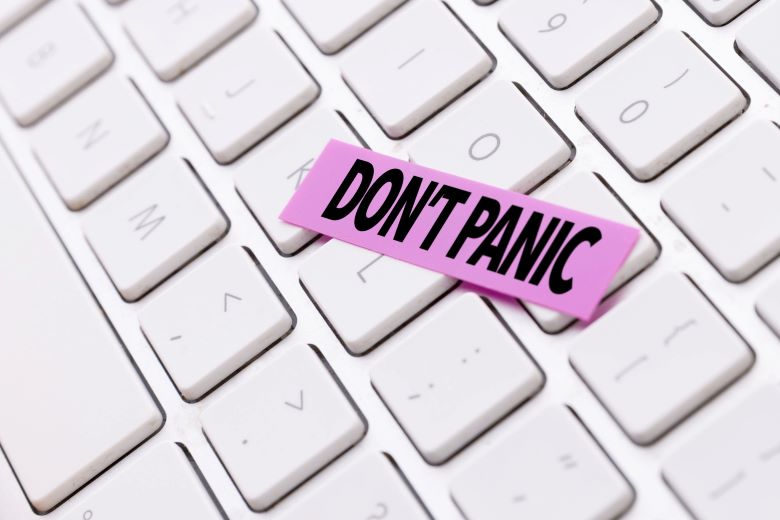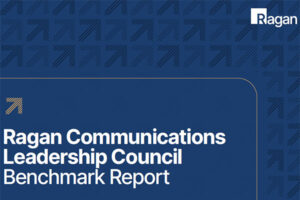5 steps to prep coronavirus messaging for key audiences
Sound the alarm without being an alarmist, be flexible, empathetic and understanding, and adjust policies to reflect the threat.

Editor’s note: We are re-running the top stories of 2020 as part of our year-end countdown.
The U.S. Centers for Disease Control has made it clear that it is a question of when, and not if, local outbreaks of the COVID-19 coronavirus will occur in the U.S.
At the same time, the U.S. State Department has warned that travel restrictions could be put in place with little or no advance notice.
Like any crisis businesses face, poor communication and operational complacency could exacerbate the threat posed by COVID-19. Your management team will not be blamed if the coronavirus strikes, of course, but how well your company prepares and responds will be judged by employees, customers, suppliers and other stakeholders.
Effectively communicating preparedness and making smart operational adjustments are crucial for organizations to successfully navigate this (or any) crisis. A widespread outbreak in the U.S. would particularly disrupt travel, retail, entertainment and health-related businesses. Other businesses could suffer from mission-critical supply chain problems. All companies run the risk of staff absenteeism or customer slowdowns.
Here are five steps your organization should take to communicate effectively and adjust operations:
1. Sound the alarm, but don’t be an alarmist.
Your key audiences will have questions about your plans if COVID-19 becomes a serious issue in your area. You must display an appropriate level of concern, coupled with implementation of common-sense preventative measures.
With these communications, employees come first. Make it clear that if employees and contractors are sick—especially if they exhibit respiratory symptoms, such as a cough, shortness of breath or fever—they should stay home and see their doctors. Remind employees of proper handwashing hygiene, along with cough and sneeze etiquette.
Place alcohol-based hand sanitizer units near workplace entrances, in conference and break rooms, and other high-traffic areas to serve as visual reminders about the need for protection. Sanitizing wipes and tissues should be readily available and quickly restocked. Encourage employees to wash their hands with soap and water for at least 20 seconds several times each day. If you operate an employee cafeteria, review hygiene and food safety procedures—including having cafeteria workers wear gloves and face masks.
2. Adjust policies to reflect the threat.
As companies aggressively encourage sick employees to stay home, leaders must also review work-from-home and sick-leave policies. Keep in mind that many employees will need to stay home not only if they’re sick, but to care for ill family members or cope with childcare issues if schools close.
Employees afraid of losing pay or opportunities are more likely to risk coming to work— even if they feel ill or have been exposed to COVID-19. Your company must ensure employees and contractors are aware of your policy changes and that you will follow public health advisories.
Aside from reducing face-to-face meetings, many companies are also restricting international travel, particularly to areas where the coronavirus is prevalent. Make sure anyone booking travel checks the CDC’s Travel Health Notices for up-to-date information.
Some companies also use screening tools to block access for visitors who may have been exposed. Make this process transparent for employees and visitors to set expectations and minimize frustration.
These temporary steps can help cut the spread of COVID-19 and may serve to stave off potential mandatory bans.
3. Leverage technology and relationships.
Companies increasingly allowing work-from-home arrangements is a positive trend that can help combat the spread of coronavirus. Just make sure your employees’ computers, tablets and smartphones have the most recent version of your remote meeting software.
Limiting large gatherings can reduce potential COVID-19 exposure, but this can pose problems for companies planning sales meetings, holding launch events for new products or locations or taking part in major conferences. Before you cancel these events, consider delaying them or offering virtual meeting options.
Strong, healthy relationships are more likely to endure business disruptions and crises, but that requires honest, open, consistent and authentic communication.
Take steps now to strengthen connections with employees, customers, suppliers, communities and thought leaders. Limiting face-to-face meetings does not need to negatively impact the amount of contact and connection with key audiences. Prepare in advance by discussing potential scenarios with internal audiences, customers and suppliers to help uncover options you may need to deploy. You can also investigate options for accelerating delivery of crucial supplies to have a 30-day inventory on hand.
4. Be flexible, understanding and human.
Your organization cannot control the level of impact of the coronavirus, but you can positively influence how quickly your business recovers. This depends largely on the flexibility and compassion your organization shows to employees, suppliers and customers who must react in real time to what’s happening with their families, colleagues and neighborhoods.
Make health and safety measures a priority. Help employees and your community cope, and your actions will be remembered long after business disruptions fade.
5. Communicate early and often.
Keeping employees and other key audiences fully informed is vital to help maintain trust, prevent misinformation and reduce panic.
Your communication team should be structured and prepared to handle rapidly evolving situations. Having plans to regularly update employees and other audiences is key to reducing uncertainty and combating the rumor mill. People are much more understanding when they see you’re aware, that you care and that you’re taking steps to minimize potential damage.
Hopefully, the COVID-19 outbreak does not become a full-blown pandemic. Taking appropriate operational and communications steps now will help your organization’s strength and stability. When lives and livelihoods are at stake, having a management team that’s considered well-prepared, thoughtful and resilient will enhance your corporate reputation—long after the coronavirus is controlled.
Rick Lyke is Mower’s executive vice president. A version of this post first ran on Mower’s blog.







Coronavirus is definitely deadly but people are still not taking this seriously and this might cause some problems for them. Over 50K people were cured of this plague but what happens when it’s completely out of control? We must take care of ourself and others!